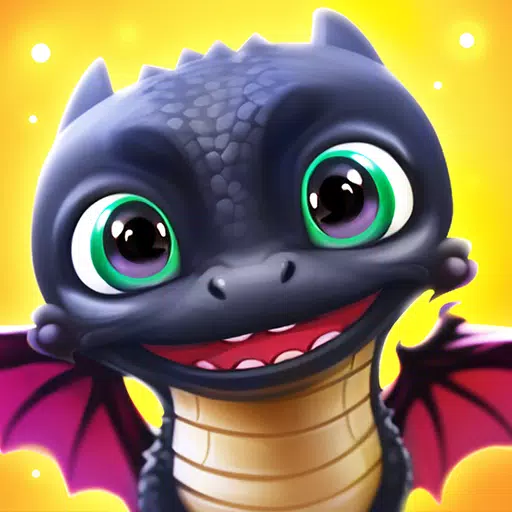The 1970s were a period of significant change for Marvel Comics, marked by the introduction of iconic characters and gripping storylines such as "The Night Gwen Stacy Died" and Doctor Strange's encounter with God. However, it was the 1980s that truly cemented Marvel's place in the annals of comic book history, often regarded as the company's golden age. This era saw legendary creators delivering some of the most memorable runs on Marvel's flagship titles. From Frank Miller's transformative work on Daredevil to John Byrne's Fantastic Four, David Michelinie's Iron Man, and the pinnacle of Chris Claremont's X-Men, along with Roger Stern's Amazing Spider-Man and Walt Simonson's Thor, the 1980s showcased the brilliance that has kept these characters relevant to this day.
As we delve into Part 7 of our exploration of Marvel's essential issues, it's clear that the 1980s were a defining decade for the Marvel Universe.
More Essential Marvel
- 1961-1963 - The Birth of a Universe
- 1964-1965 - The Sentinels Are Born and Cap Dethaws
- 1966-1969 - How Galactus Changed Marvel Forever
- 1970-1973 - The Night Gwen Stacy Died
- 1974-1976 - The Punisher Begins His War on Crime
- 1977-1979 - Star Wars Saves Marvel From Bankruptcy
- The Dark Phoenix Saga and Other All-Time X-Men Stories
The Dark Phoenix Saga and Other All-Time X-Men Stories
Chris Claremont's landmark run on X-Men, which began in 1975, reached its zenith in the early 1980s with three standout stories. The Dark Phoenix Saga, spanning X-Men #129-137, is widely regarded as one of the greatest X-Men stories ever told. This epic tale follows Jean Grey's transformation into the Dark Phoenix, a cosmic entity that corrupts her into one of the X-Men's greatest foes. Co-plotted and illustrated by John Byrne, this saga not only delivered a compelling narrative but also introduced key characters like Kitty Pryde (Shadowcat), Emma Frost, and Dazzler. Jean Grey's ultimate sacrifice remains a poignant moment in X-Men lore, despite her eventual return. The story has been adapted into various mediums, though many fans feel that the essence of the saga was best captured in animated series like X-Men: The Animated Series and Wolverine & the X-Men.
Following closely on the heels of the Dark Phoenix Saga was Days of Future Past in X-Men #141-142. This gripping two-issue arc, featuring the mutant-hunting Sentinels, showcases an adult Kitty Pryde's time-travel mission to prevent the assassination of Senator Robert Kelly, an event that leads to a dystopian future ruled by Sentinels. This story has left an indelible mark on the X-Men universe and inspired adaptations in film and television.
Completing the trio of iconic X-Men stories from this period is X-Men #150, where a confrontation with Magneto nearly results in Kitty Pryde's death. This issue revealed Magneto's backstory as a Holocaust survivor, a pivotal moment that shaped his character into a more complex figure in subsequent narratives.
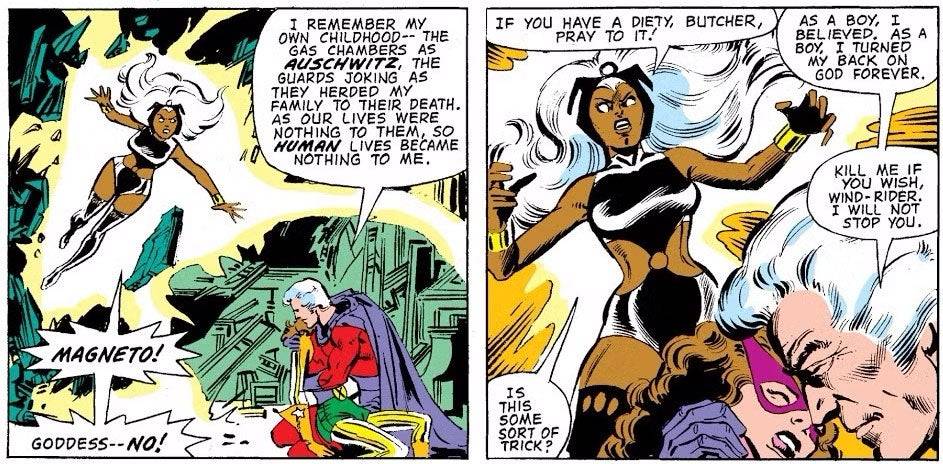
The First Appearances of Rogue, She-Hulk, and the New Mutants
The 1980s also saw the introduction of several significant characters, particularly notable female heroes. Rogue, a fan-favorite X-Men member, debuted as a villain in Avengers Annual #10, initially part of Mystique's Brotherhood of Evil Mutants. Her complex relationship with Mystique and her absorption of Carol Danvers' powers marked a turning point in her journey from antagonist to hero. This issue also tackled the controversial storyline involving Carol Danvers and Marcus Immortus, highlighting the darker aspects of Marvel's storytelling.
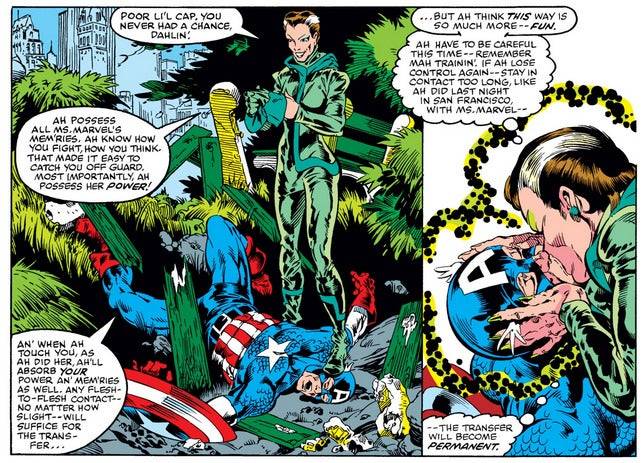
She-Hulk, co-created by Stan Lee, made her debut in Savage She-Hulk #1. Jennifer Walters, Bruce Banner's cousin, transformed into She-Hulk after a life-saving blood transfusion. Although her initial solo series didn't capture audiences, She-Hulk's character flourished when she joined the Avengers and Fantastic Four, eventually leading to her portrayal by Tatiana Maslany in the MCU's She-Hulk series.
The New Mutants, Marvel's first X-Men spin-off series, were introduced in Marvel Graphic Novel #4 and later in their own series. This team of young mutants, including Cannonball, Sunspot, Karma, Wolfsbane, and Dani Moonstar (Mirage), along with the later addition of Illyana Rasputina (Magik), set the stage for numerous compelling stories. The New Mutants' impact was felt in the 2020 film adaptation, where Anya Taylor-Joy portrayed Magik.
Iconic Storylines for Daredevil, Iron Man, and Captain America
Daredevil #168 marked the beginning of Frank Miller's legendary run, introducing Elektra and redefining the character's mythology. Over the next two years, Miller crafted a gritty, noir-inspired narrative that included the introduction of Kingpin as Daredevil's arch-nemesis, the backstory of Stick, and Daredevil's first encounter with the Punisher. The iconic issue #181 saw Bullseye kill Elektra, a moment that has resonated through subsequent adaptations, including the 2003 film and the 2015 Netflix series, with the upcoming MCU show Daredevil: Born Again drawing further inspiration from Miller's work.
Iron Man's Doomquest in issues #149-150, crafted by David Michelinie and Bob Layton, saw Tony Stark face Doctor Doom solo for the first time, resulting in a time-travel adventure to the era of King Arthur. This arc not only solidified Doom's place in Iron Man's rogues gallery but also laid the groundwork for future stories involving Doom and Morgan le Fay.
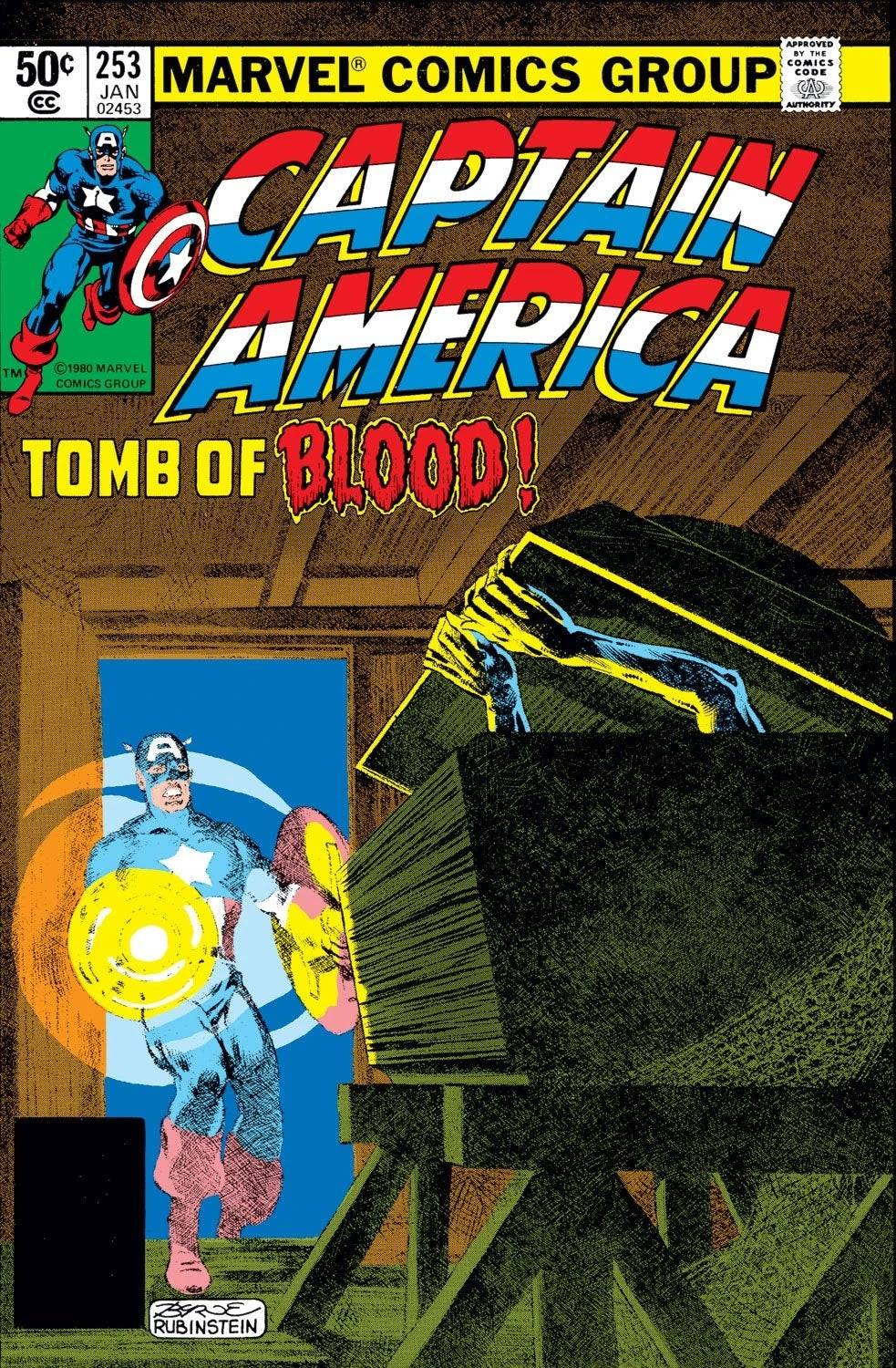
Captain America's confrontation with Baron Blood in issues #253-254, penned by Roger Stern and illustrated by John Byrne, offered a darker narrative than typical for the character. This story delved into Cap's WWII past and featured a gripping battle against the Nazi vampire, showcasing Byrne's stellar artwork.
Moon Knight Becomes a Hero and Marvel Helps Create the G.I. Joe Mythology
Moon Knight's transformation into a hero was cemented in Moon Knight #1, where Doug Moench and Don Perlin fully established the character's backstory and introduced his alternate identities, Steven Grant and Jake Lockley. This issue laid the foundation for all future Moon Knight stories.
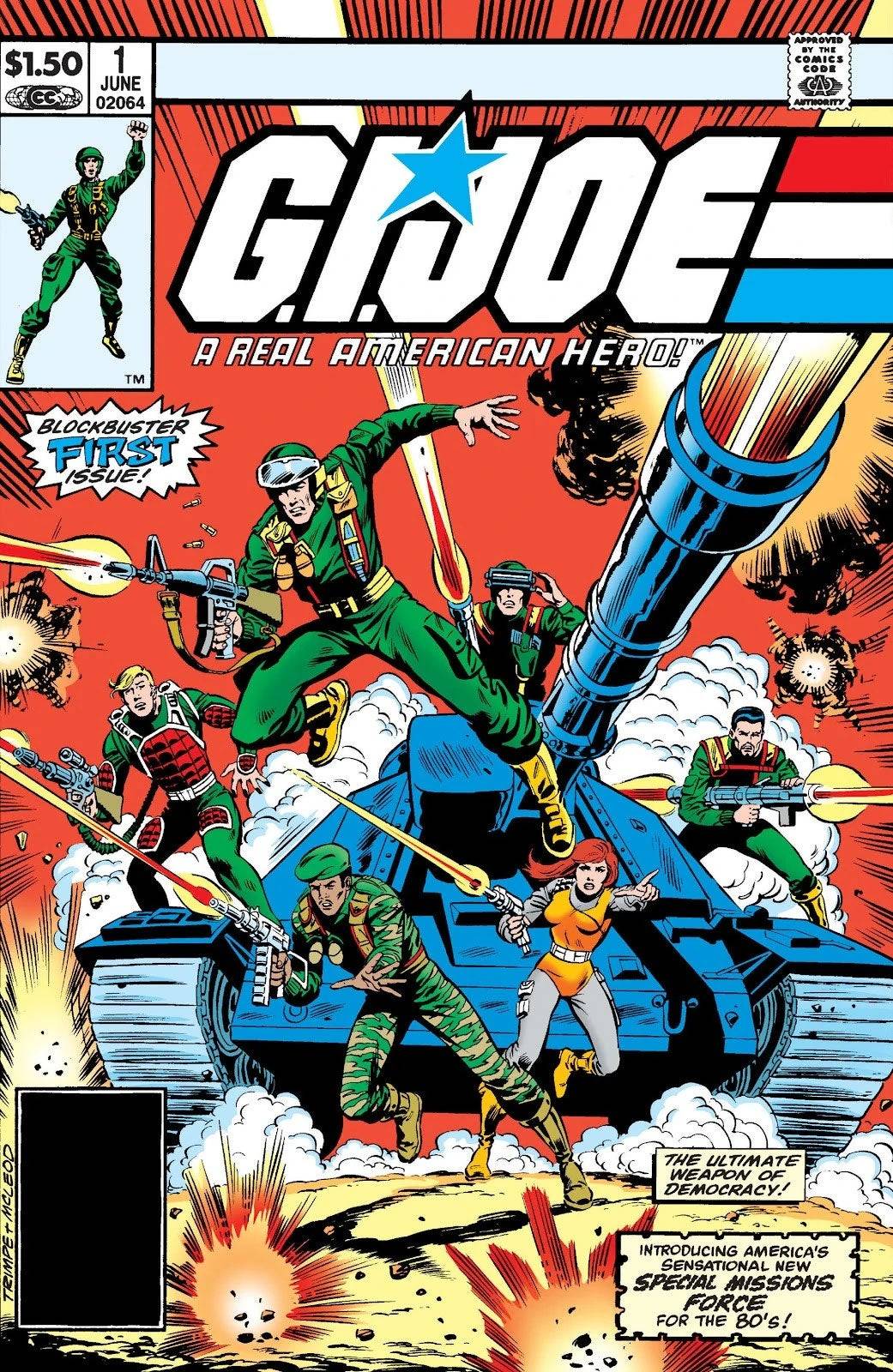
Although not owned by Marvel, the G.I. Joe franchise owes much of its character development to the Marvel Comics series launched in 1982. Editor Archie Goodwin and writer Larry Hama were instrumental in creating the iconic characters of Cobra and fleshing out the roster of G.I. Joe, including Scarlett, Snake Eyes, Storm Shadow, Lady Jaye, and the Baroness. Hama's storytelling not only made G.I. Joe one of Marvel's most popular titles but also resonated strongly with female readers, showcasing the equality of its female characters.





